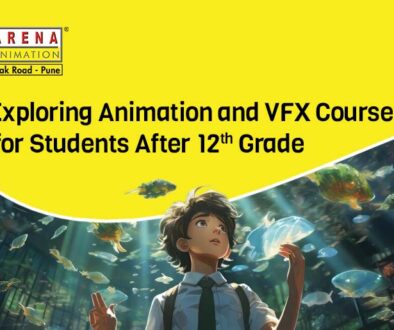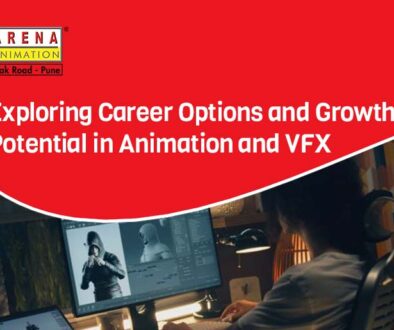Texturing Techniques for Creating Realistic 3D Environments in Animation
Texturing techniques are paramount when creating realistic 3D environments in animation. In simple words, Texturing is the art of adding depth, detail, and realism to a 3D model, making it look less like a computer-generated image and more like a natural scene. This article will delve into the fundamentals of texturing, including the types of textures commonly used, the tools and software available for texturing, and tips for creating a convincing and captivating environment. Undoubtedly, by the end of this read, you’ll have a solid understanding of texture techniques and how they can take your animation skills to the next level. So, without further ado, let’s dive in and understand the fundamentals of texturing discussed in detail below.!
Different texturing techniques can be used, each with unique features and benefits. Below we will explore the four most common types of texturing techniques.
Fundamentals of Texturing
As mentioned above, texture techniques play a vital role in creating lifelike 3D environments in animation. But there are some fundamentals of texturing that every animator should know before starting with this process. Here are the major fundamentals to remember:- Texture Mapping
-
UV Mapping
-
Texture Resolution
-
Texture File Formats
-
Texture Filtering
 Types Of Texturing Techniques
Types Of Texturing Techniques
Different texturing techniques can be used, each with unique features and benefits. Below we will explore the four most common types of texturing techniques.
-
Procedural Texturing
-
Image-based Texturing
-
Hand-painted Texturing
-
Photorealistic Texturing
Tools and Software Used for Texturing
When creating realistic 3D environments in animation, texturing is a crucial component. The right tools and software are essential to achieve the desired level of realism.-
3D Modeling Software
-
Texture Creation Software
-
Texture Painting Software
Tips for Effective Texturing
To begin with, Effective texturing techniques help create stunning visuals and play a crucial role in enhancing the overall storytelling experience. To achieve the best results, animators must thoroughly understand the tools and techniques used for texturing. Here are some that will help you during this process:-
Understanding Lighting By Working On Reference Materials
-
Texture Scale & Its Optimization
-
Texture Blending And Layering
Conclusion
Overall, texturing techniques are crucial in creating realistic 3D environments in animation. We explored the fundamentals of texturing, types of techniques, tools, and software used for texturing, and tips for effective texturing. You might also consider enrolling in a 3D animation course to understand the concepts better. Moreover, texturing techniques will continue to advance with improved software and tools, higher-quality textures, and more efficient rendering methods. Texturing will continue to be an important part of the animation process as the demand for realistic 3D environments grows.FAQs
-
What is texturing in 3D animation?
-
What are some popular texturing techniques in 3D animation?
-
How important is texturing in creating realistic 3D environments?
-
What are some common challenges in texturing 3D environments?
-
How can texturing impact the overall look and feel of an animated project?
-
What software is commonly used for texturing in 3D animation?
-
How can artists stay up-to-date with the latest texturing techniques in 3D animation?



